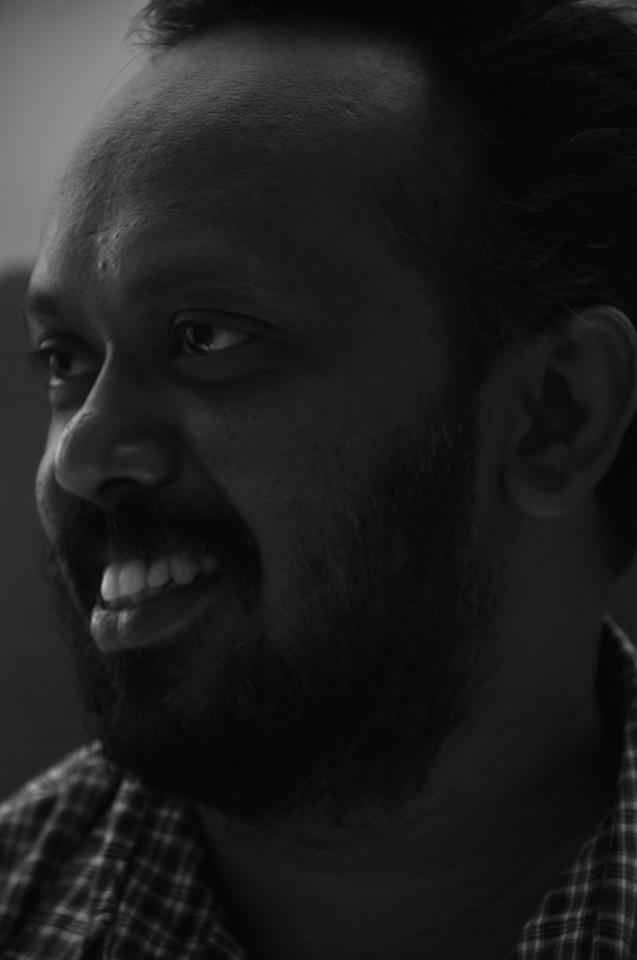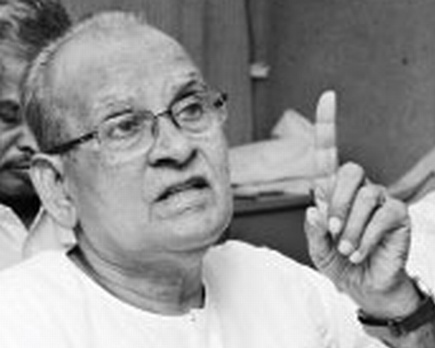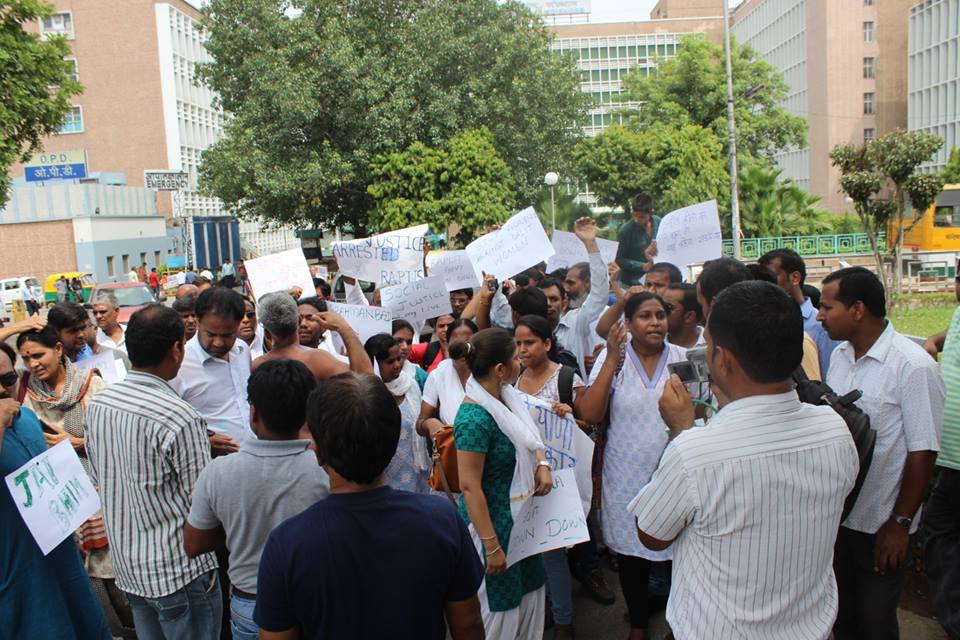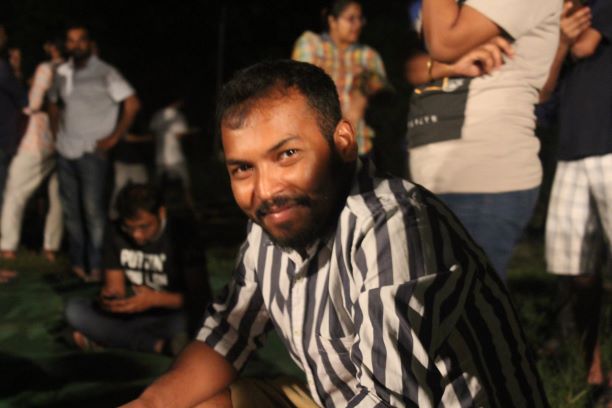Ajith Kumar A S
 Suddenly caste seems to take center stage of Malayalam cinema and the public sphere in Kerala. Everyone seems to be against caste as if all the progressives suddenly understand caste now. The CPM’s youth wing DYFI conducts a march to build up a “caste-less, secular” Kerala. The congress organizes “Gandhigram’ marches to “adopt” Dalit colonies. CPM organizes “land struggles” (it is bhoomi samrakshana samaram which means protest to protect the land we already have!!) and forms SC, ST welfare forums. Movies have been made on caste. Awards have been given for films “against caste”. If we closely observe these developments we can see it is a form of restructuring or crisis management of the modern-secular–liberal upper castes. All this points to the dilemmas and disturbances that the Dalit, Adivasi and Muslim political assertions have created in the political /cultural sphere in Kerala.
Suddenly caste seems to take center stage of Malayalam cinema and the public sphere in Kerala. Everyone seems to be against caste as if all the progressives suddenly understand caste now. The CPM’s youth wing DYFI conducts a march to build up a “caste-less, secular” Kerala. The congress organizes “Gandhigram’ marches to “adopt” Dalit colonies. CPM organizes “land struggles” (it is bhoomi samrakshana samaram which means protest to protect the land we already have!!) and forms SC, ST welfare forums. Movies have been made on caste. Awards have been given for films “against caste”. If we closely observe these developments we can see it is a form of restructuring or crisis management of the modern-secular–liberal upper castes. All this points to the dilemmas and disturbances that the Dalit, Adivasi and Muslim political assertions have created in the political /cultural sphere in Kerala.
I am trying to talk about the other side of this recent “visibility” and “audibility” of caste. This I think is also an effort to render invisible/silence the voices of the Dalits, Adivasis and Muslims. When the marginalized communities started to organize and develop their political thoughts and practice outside the conventional left/right divide in the state it certainly marked a break that disturbed the political sphere.
The eighties witnessed the emergence of Dalit political assertions in Kerala and this gained strength and visibility/audibility in the nineties and became an unavoidable presence after 2000. The historic Adivasi sit-in strike before the secretariat (even before people started thinking about “occupy movements”), Chengara, Muthanga, and many other land struggles shook the political sphere. The mainstream media tried to show their patronizing sympathy towards the cause but tried to delegitimize these political movements. The left/right “progressives” sensed that their leadership was in danger. The independent assertions by the marginalized communities opened up new political discourses outside the so-called left/right divide. The caste locations of the left and right parties, their power on land and resources were all exposed.
The next step was a ‘self-reform’ stage by the upper caste liberals. They had to contain the political discourses on caste and religious minority issue within the left/right discourses. They had to remain in power. They had to sustain their hold on land and other resources. The new interest of the upper caste liberals in anti-caste activities was to appropriate and to sustain their right to speak about/for the society; the Dalit, Adivasi, Muslim voices were branded as identity politics and were understood as a threat to secularism.
I am writing this after seeing the responses I got after I posted some status messages on Facebook on my impressions of two films in Malayalam: ‘Celluloid’ and ‘Papilio Buddha’.
‘Celluloid’ is a new Malayalam movie on the life of J C Daniel, the director, producer and protagonist in the first film made in erstwhile Travancore and P K Rosy, a Dalit Christian who was driven out from the film world and her native land for playing the leading role in this movie as a Nair character. (Please read Jenny Rowena’s paper on ‘Locating P K Rosy‘ presented at Jamia Milia). Papilio Buddha, is a film directed by Jayan Cherian on the Dalit condition and political assertion in contemporary Kerala.
As my intention here is to discuss the way people respond to the Dalit critiques I am not giving a detailed review of the two films. I feel Celluloid conveniently places the question of caste in the past and on ‘bad and cruel casteist landlords’ and hides caste in contemporary Malayalam cinema world and contemporary Kerala. It basically follows a Nair liberal approach to the history of caste in cinema and fails to address the complex history of Travancore caste society. It sentimentalizes the “tragedy of a heroine” for the enjoyment of upper caste/middle class progressives. Caste discrimination becomes very enjoyable and the ‘modern Malayalee’ can believe that they have transcended caste.
Papilio Buddha has been acclaimed by Dalits and even left liberals as a film that addresses caste and violence against Dalits seriously. There are differences of opinion. I have serious problems with the film. I think it eroticizes the violence against Dalits and makes it enjoyable for the upper class/middle class sympathizers of Dalit issues. It gives a possibility of sympathizing over the violence of caste. Dalit bodies are just sites of violence, the film revolves around the atrocities and focuses mainly on the failures. The contemporary advancements of Dalits are ignored and it approaches the dominant left with a soft criticism.
The responses against my status messages were that my opinions were rooted in extreme identity politics and that I was arguing for empiricism. Here I feel the arguments against the Dalit critiques seem to suggest that we have to talk about caste but it should not cross the limit. I mean they want to control the debates on caste and want to pull it back into the same old liberal debates on caste that don’t question the modern caste system. The “identity politics” troubles them because they feel that the critiques by Dalits, Adivasis, OBCs, and Muslims exposes their caste identity.
The upper caste /middle class liberal anti-caste crusaders place the burden of caste identity on the Dalits, religious identity on Muslims, ethnic identity on Adivasis and claim repeatedly that they have transcended all religious and caste identities. If we talk about the caste location of the directors of these films, or authors of a book or the critiques they feel offended. P K Rosy, J C Daniel, Shankaran and Kallen Pokkudan (Papilio Buddha) are carriers of caste but when we say Kamal (Celluloid) and Jayan Cherian (Papilio Buddha) are not Dalits, the liberals criticize us of seeing everything through a caste lens and would ask, when there are a lot of Dalits who make films that endorse Brahmanism why do you talk about the caste of upper castes or self-proclaimed secularists?
When Dalits speak against caste discrimination from daily experience it becomes “extreme identity politics” while the upper caste secularists talk against caste it becomes legitimate anti–caste politics. This is the same logic raised against Muslim politics that only secularists have the right to politically challenge Hindutva politics. The liberal secular upper castes claim that only they have the right to talk in the public sphere. The independent politics of the Dalit bahujans and Muslims are branded as a threat to the nationalist secular system. This is the reason why DHRM was branded as a terrorist organization and the Muslim organizations labeled as fanatic or terrorist outfits.
These denials and silencing of marginal voices have to be countered. I feel that this reclaiming of the public space by the progressive/left/secular/liberals is very dangerous for Dalits. The Dalit bahujan, Muslim movements developed to speak in our own voice. This appropriation of anti-caste voices by the upper caste liberals have to be countered to retain the advancement Dalit bahujans have made. In the sphere of art and cinema the entry of more Dalits into the field and critiques of the dominant art has to be made possible. The Dalits have a strong tradition of literature but the visual media needs more interventions from Dalits and Adivasis to develop new ways of filming caste. If P K Rosy was driven out from the casteist world of movies, a lot of hard work has to be done by Dalit bahujans and Adivasis to make a strong presence in the film world. We have to start from where P K Rosy has left us and have to acknowledge the struggles and contributions of Dalits throughout the history of cinema.
~~~
Ajith Kumar A S is a Dalit musician, writer and filmmaker based in Trivandrum.










